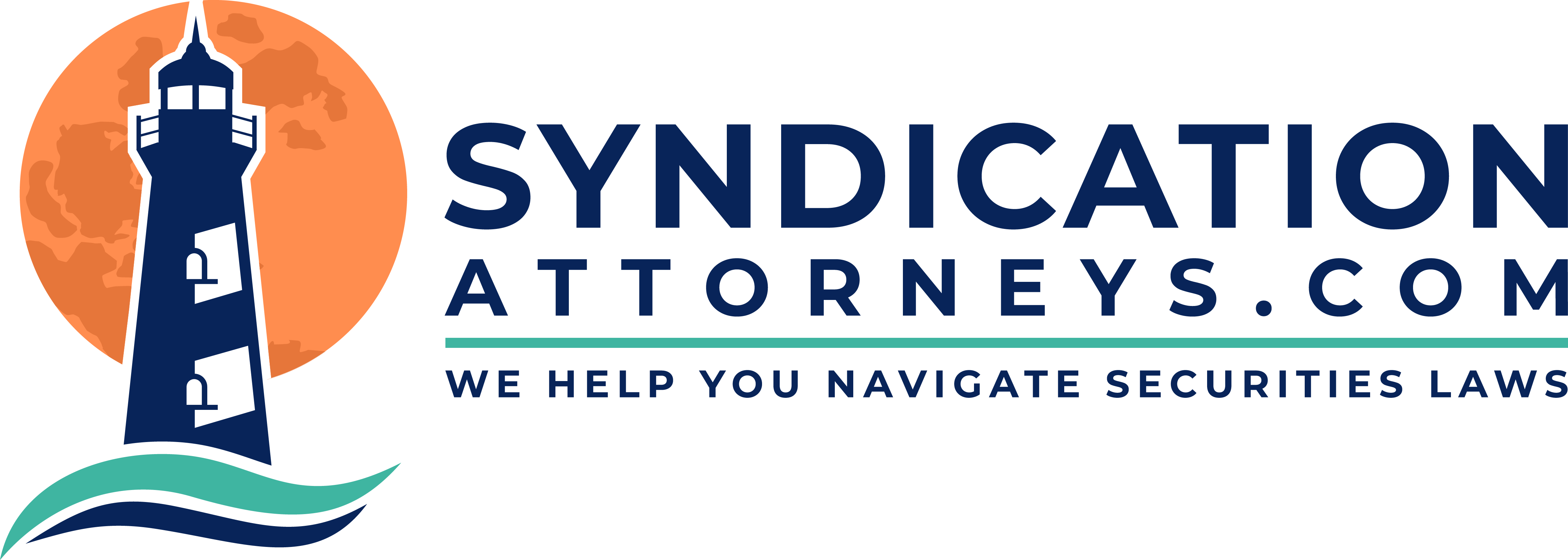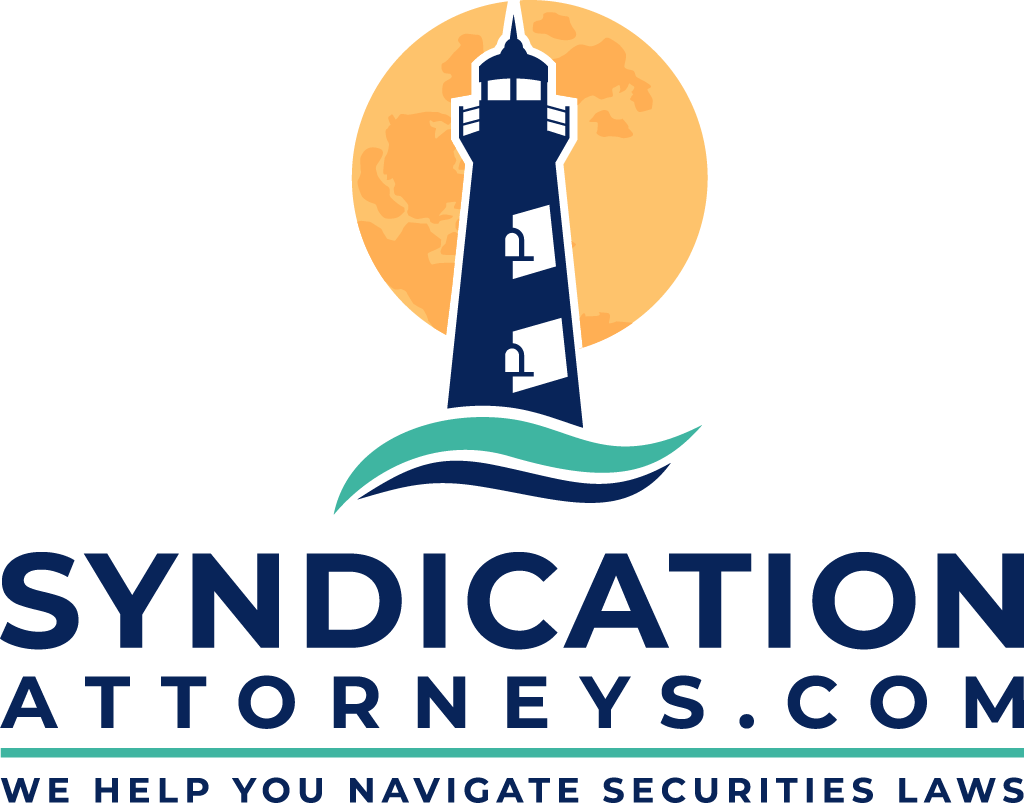Here is a strategy to set up a hard money lending fund that borrows money from private investors and loans it to third parties or your affiliated companies. This strategy can be used to fund your own or others’ single-family fix-and-flips or long-term-hold properties. It can’t be used to fund multifamily or other commercial properties where you will get first-position bank loans, as commercial lenders won’t allow subordinate debt.
This Strategy Allows You to:
Raise an unlimited amount of money pursuant to an applicable securities exemption (intrastate, Rule 506(b) or Rule 506(c)
Pool money from investors and then loan it to third parties or your own affiliated companies
Include non-accredited investors if you follow a securities exemption that allows it
Offer your Investors:
- Promissory notes with fixed returns, or
- Non-voting ownership interests in your Fund LLC that offers investors a fixed return
Offer your Fund’s borrowers promissory notes that require them to pay:
- A fixed return, or
- A fixed return plus a share of profits
Your Fund will record its loans to borrowers against individual properties
Keep your Hard Money Loan Fund open indefinitely
Suggested Corporate Structure:
A Hard Money Fund LLC
If your Fund will lend money to your own companies, you will also need:
- A Fix-and Flip-LLC (sole member is Borrower LLC) to take title to your fix-and-flip properties that will be held for <1 year
- A Buy-and-Hold LLC (sole member is Borrower LLC) to take title to your properties that will be held for > 1 year
Offering Documents and Securities Compliance Include:
A PPM or similar disclosure document
An Operating Agreement for your Fund LLC
- Depending on what you are offering investors, you will either need:
- A Promissory note for investors fixed returns, or
- An operating agreement for your Fund LLC that offers investors non-voting interests with a fixed return
Two Promissory Notes for Borrowers
- A fixed return note, and
- A shared appreciation note
A Subscription Booklet
An investment summary describing:
- What you are offering investors
- What you are doing with the money
- What you are doing to safeguard their investment (borrower due diligence, recorded notes, lender title insurance, etc.)
- Biographies of your team members
- Your track record with similar investments (prior loans or single-family residential investments)
Operating agreements for up to two additional LLCs if you are loaning to your own entities
Securities notice filings with appropriate securities agencies
Schedule a consultation with one of our team if you would like a Lump Sum quote for setting up your hard money lending fund.
Insert Link: https://syndicationattorneys.com/schedule-a-consultation/

